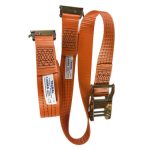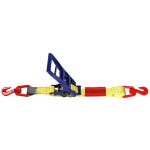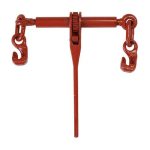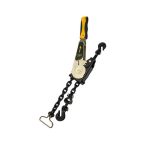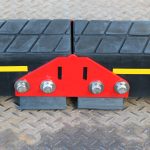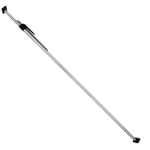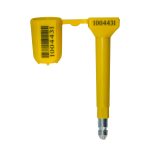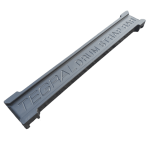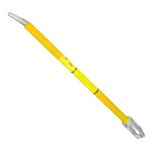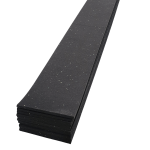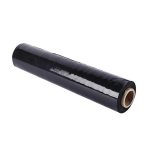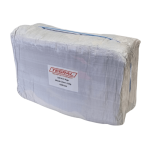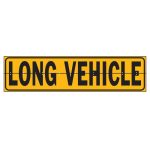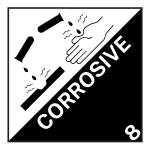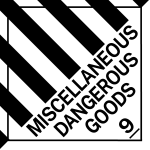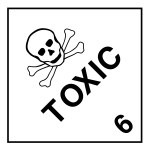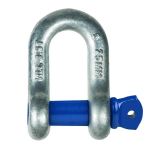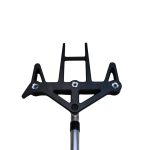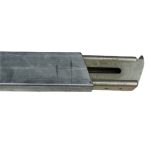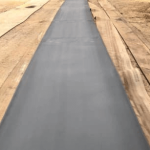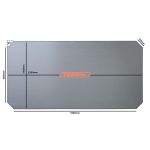The PBS system is a regulatory tool that establishes additional requirements for heavy vehicles. While still upholding/increasing the same criteria for road safety as regular non-pbs vehicles, it permits operating with greater mass limitations for vehicles and lowers the axle mass constraints.
Only heavy vehicles that meet the specific national criteria can access the scheme. These criteria include technical, crashworthiness, stability, roadworthiness, and network access requirements.
The programme was launched in February 2013 as one of a number of initiatives aimed at enhancing road safety in Australia. Only heavy vehicles that fulfil certain national standards, such as technical, crashworthiness, and stability requirements, are subject to PBS. Only large trucks that satisfy these requirements are allowed admission to the programme.
PBS is based on a vehicle’s desired performance rather than specific design features. It allows vehicles to operate with increased mass limits and relaxes the axle mass limits, while still meeting the same road safety standards as standard vehicles.
The scheme is designed to make sure that heavy vehicles are built to meet requirements for safety and reliability.
PBS was created to ensure that no matter how they are assembled or configured, heavy vehicles are manufactured to fulfil safety and dependability standards. Vehicles must also pass product validation tests to show that they comply with the programme.
In addition, PBS will require manufacturers and importers of new vehicles to notify the regulator (HMRC) of any changes in their products that could affect the safety performance of those vehicles. This includes details such as whether certain parts have been replaced with components made by other manufacturers or suppliers; if so, this should be communicated via an updated notice within 30 days after being notified by HMRC.
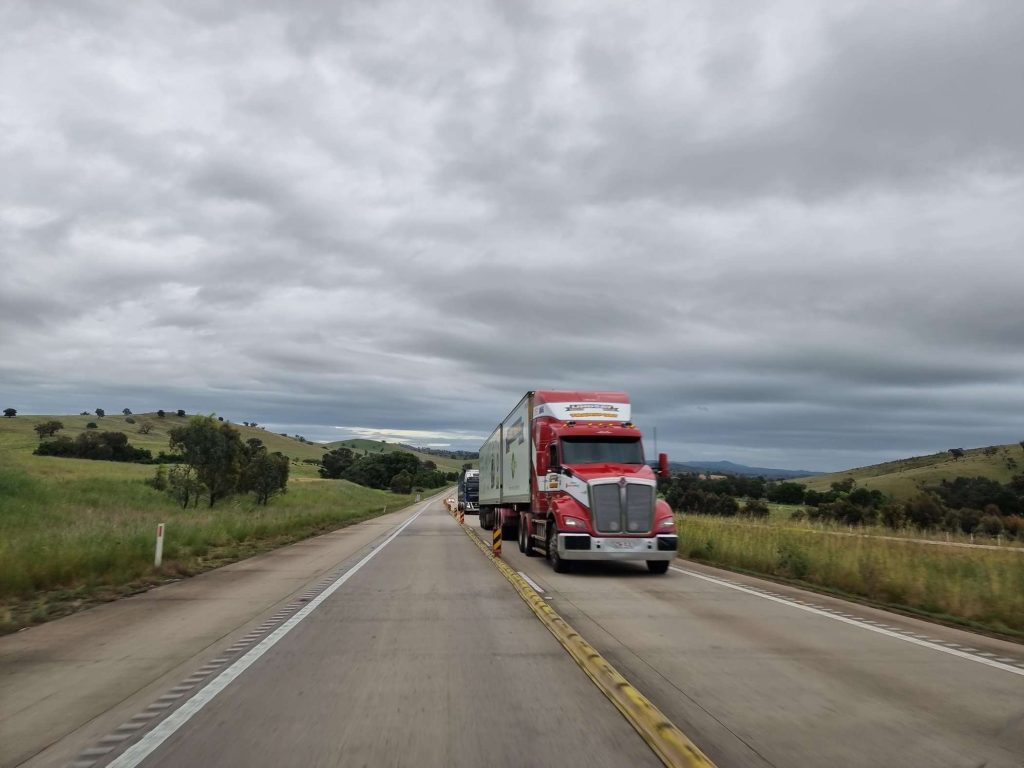
Since its introduction in February 2013, more than 30 new innovative designs have been approved under the PBS Scheme. This has resulted in benefits to industry through increased productivity and better environmental outcomes, while maintaining road safety standards.
In addition to new designs that have been approved since 2013, many other projects that would not have been possible without the flexibility introduced through PBS are now being considered by local authorities seeking to improve safety and reduce the number of units on the road.
When operated safely, PBS vehicles can provide significant economic benefits to Australia’s transport industry.
PBS vehicles have been proven to be safe and reliable, with the latest data from the Australian Road Transport Commission (ARTC) show that overall crash rates for PBS vehicles are lower than those for conventional trucks.
PBS vehicles can give operators a competitive edge by lowering the costs of delivering goods. For instance, if an operator has a fleet of 50 conventional trailers/trailer sets, it may be worthwhile if the company to, over time, move to a PBS style fleet, allowing higher number of pallets (or other unit of freight) per km travelled.
Australia has had considerable success with the PBS Scheme. It has significantly changed the sector and brought about several benefits including increased safety, and increased the productivity of heavy vehicles on the road, serving to minimise the number of heavy vehicles on the road.









